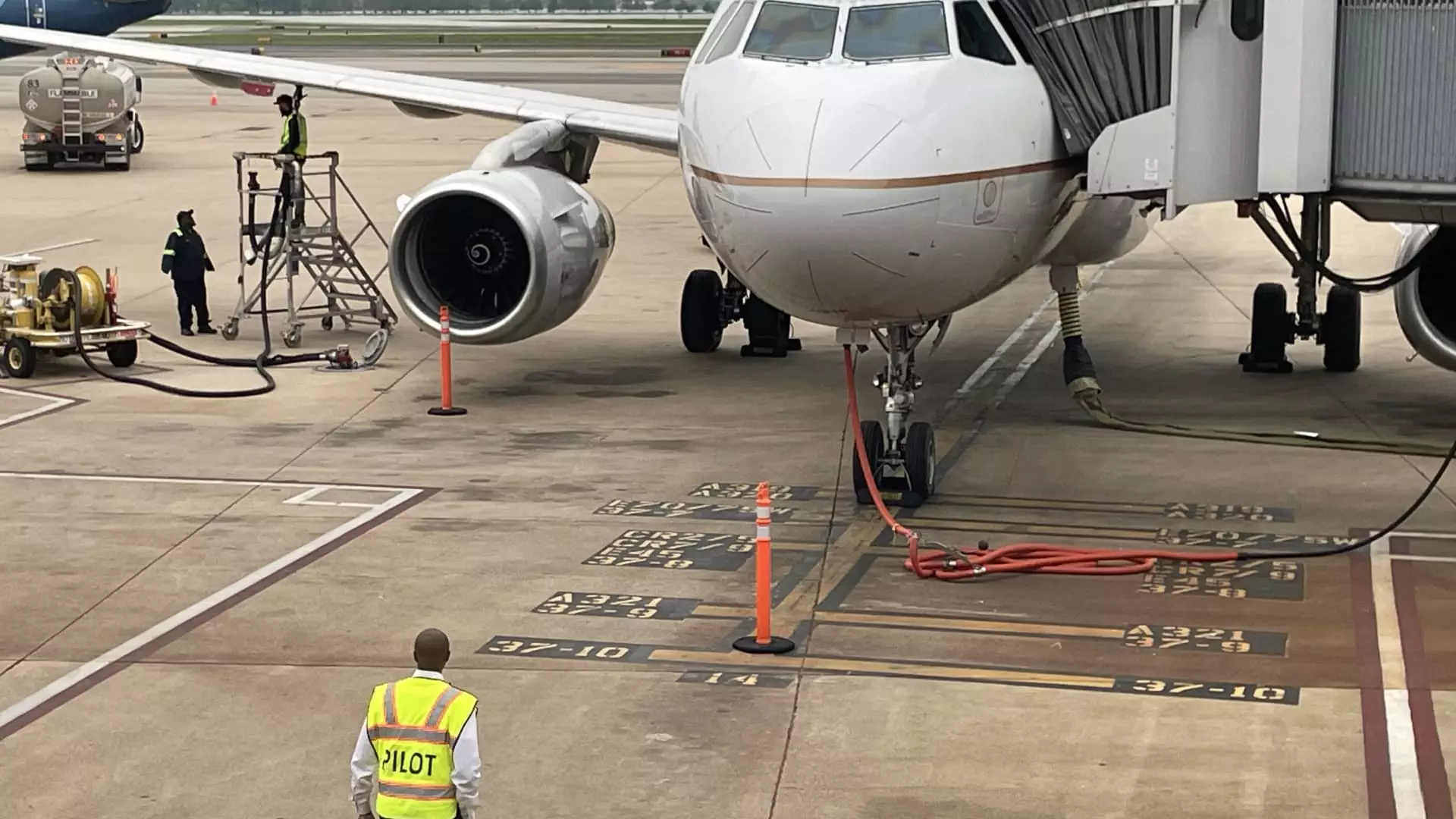The U.S. passenger airlines industry has seen a significant increase in jobs since 2021, with nearly 194,000 positions added as companies recovered from the pandemic slump. However, recent data from the U.S. Department of Transportation reveals that the industry is now facing challenges in its hiring practices. While airlines are approaching their desired staffing levels, there are various factors contributing to a slowdown in hiring.
One of the primary reasons for the hiring slowdown is the plethora of challenges that airlines are currently navigating. The oversupply of flights in the U.S. has resulted in decreased fares and a reduction in airlines’ profits. Additionally, the growth in demand has started to plateau, further impacting the industry. Delays in aircraft deliveries from manufacturers like Boeing and Airbus have forced airlines to reevaluate their expansion plans. Moreover, a shortage of engines and other essential components has exacerbated the situation. Some carriers have even opted to defer aircraft deliveries indefinitely.
Labor costs have also surged in recent years after negotiations with various employee groups led to significant increases in wages. For instance, first officers on midsize equipment at U.S. airlines saw their annual pay rise from $135,896 in 2019 to $170,586 in March, indicating a substantial increase. This upward trend in labor costs has contributed to an overall increase in expenses for U.S. carriers. Excluding fuel and net interest expenses, costs at major airlines like American Airlines, United Airlines, and Delta Air Lines have risen by double-digit percentages since 2019.
Recent data from the U.S. jobs report paints a complex picture of the air transportation job market. While employment levels remained largely consistent between July and August, there have been instances of pullbacks and layoffs at certain airlines. For example, Spirit Airlines recently furloughed 186 pilots due to a series of setbacks, including a failed acquisition, engine recalls, and market challenges. Other airlines like Frontier Airlines and Southwest Airlines have implemented measures like voluntary leaves of absence and reduced hiring to manage their workforce size.
Looking ahead, U.S. airlines are adjusting their hiring plans to align with the current market dynamics. United Airlines, for instance, plans to add 10,000 employees this year, down from the numbers seen in 2022 and 2023. The airline industry as a whole is experiencing a shift from the rapid hiring patterns observed in previous years. In response to the challenges faced by airlines, companies are reevaluating their hiring needs and adjusting their recruitment strategies accordingly.
Despite the ongoing challenges in the U.S. airline industry job market, there is still a demand for skilled employees, particularly pilots. Companies like American Airlines continue to hire new pilots, albeit at a lower rate than in previous years. The industry remains dynamic, with opportunities for aspiring aviation professionals. As the sector adapts to current challenges and shifts in demand, it will be essential for airlines to devise sustainable strategies to address their workforce needs effectively.


Napsat komentář